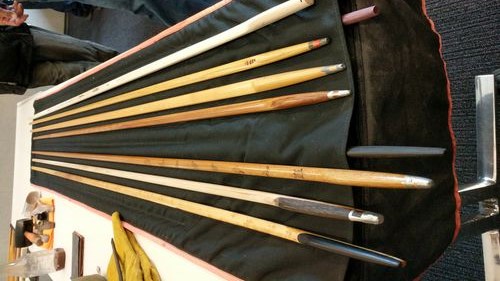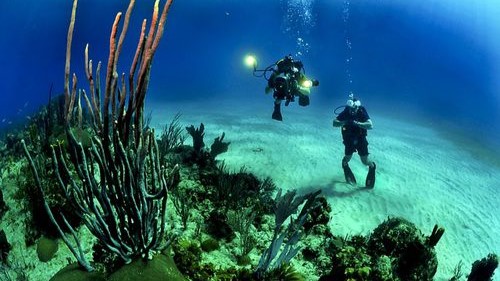Despite its name, snowsnake has nothing to do with real, live snakes. Instead, this traditional Indigenous sport is a fun way to compete athletically in snow, ice, and cold weather. This centuries-old sport is a tradition from the Haudenosaunee Confederacy. The Haudenosaunee Confederacy is a group of Native American tribes from the northeastern United States and southeastern Canada. The original five tribes in the confederacy are the Mohawk, Oneida, Onondaga, Cayuga, and Seneca tribes. Later, the Tuscarora tribe joined the confederacy.
The game of snowsnake is a winter sport, because it requires snow! Originally, this sport was used for communication. In the winter, different Native American groups in the freezing Haudenosaunee Confederacy area would camp along frozen lakes or rivers. The sport of snowsnake started as a way to send messages between the camps. Tribe members would dig tracks in the snow, then throw sticks with messages along the tracks. Now, as a sport, the goal for snowsnake players is to throw a stick as far as possible down a snow track.
Snowsnake players begin by digging special tracks in the snow in order to play. These tracks can be over a mile long! After digging snow tracks, players choose one of two types of snowsnake sticks. The first kind, the longsnake, is seven feet long. The second kind is the mudcat, which is three feet long. Players on each team coat their sticks in special wax. This wax makes the stick smoother and faster on the snow track, which allows it to travel farther. Each player on a team throws their snowsnake stick, then tallies how far the stick travelled. At the end of the game, all the players’ distances are added up. The team that threw sticks the largest total distance wins the game. Some snowsnake players have been known to throw their sticks over a mile down the snow track!
Players must concentrate hard and use their strength to play this game. Concentration is important to a successful snowsnake player because heckling and cheering are common during these games. While a snowsnake player is getting ready to throw a stick, players from the other team often yell or make loud noises. They do this to distract the thrower. Once the stick is thrown, though, it’s the thrower’s team’s turn to be loud. As the thrown stick speeds along the snow track, the thrower’s team will yell and cheer the stick on.
This is all part of the Haundenosaunee belief that the sticks have energetic properties. The sticks are thought to be influenced by all the people who have touched them and the tree that made them. Because of this, if the team yells with enough energy and passion, the stick might be inspired to travel a little bit farther. Some Haudenosaunee families have kept their snowsticks for generations! They believe that the energy from their ancestors playing snowsnake remains in their sticks.
Today, snowsnake is still played by Haudenosaunee Confederacy members. One popular snowsnake tournament today is called the Morrie Abrams tournament. Morrie Abrams was a Seneca tribe member who loved snowsnake. Abrams thought it was important to teach snowsnake to younger generations of Native American children. Teams from Native American tribes in the northeastern United States and southeastern Canada compete in these tournaments. These snowsnake tournaments are one important way that Native American tribes can maintain relationships that have existed for generations.









